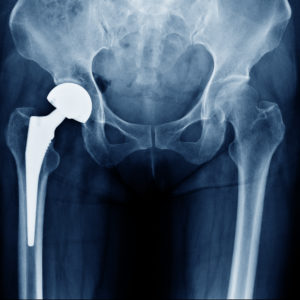
Estate of Patient v. Four Physicians and Two Medical Groups
Supreme Court, Bronx County
The plaintiff-administrator, son of the decedent, alleged that an internal medicine physician and his medical group, represented by us, negligently failed to medically control the decedent’s stubbornly high blood pressure, or to otherwise refer him to a cardiologist, during a four-year course of regular office visits. He asserted that the co-defendant physicians and their medical group failed to diagnose signs and symptoms of an impending aortic dissection when the patient began treating with them following a car accident in which he sustained a chest contusion. It was alleged that all of this supposedly substandard treatment, in combination, caused the patient’s sudden death by aortic dissection, while at work, three months after the accident. On a motion for summary judgment, we argued that the medical records demonstrated that our clients consistently adjusted the doses and types of antihypertensive medications prescribed to the patient, but his hypertension was simply resistant to medical treatment with numerous different anti-hypertensive drugs. In addition, he was non-compliant with medical advice and instructions. Further, he exhibited no cardiac symptoms, and stubborn hypertension alone is not an indication to bring in a cardiologist, who would typically have no greater education or expertise in the medical treatment of hypertension. We noted that the plaintiff never identified what special, different or additional treatment the cardiologist would have rendered, except to claim in declaratory fashion that the cardiologist would have successfully controlled the patient’s blood pressure. The co-defendants argued that that there were no cardiac signs or symptoms after the car accident, and that the standard of care does not require physicians to affirmatively rule out the possibility of a future aortic dissection on the basis of the occurrence of a chest contusion. The court agreed with all of the above and granted summary judgment to all defendants, dismissing the complaint. When the plaintiff appealed, we represented our clients on the appeal. The Appellate Division, First Department, unanimously affirmed the lower court’s decision. Judgments were entered in favor of all the defendants.


